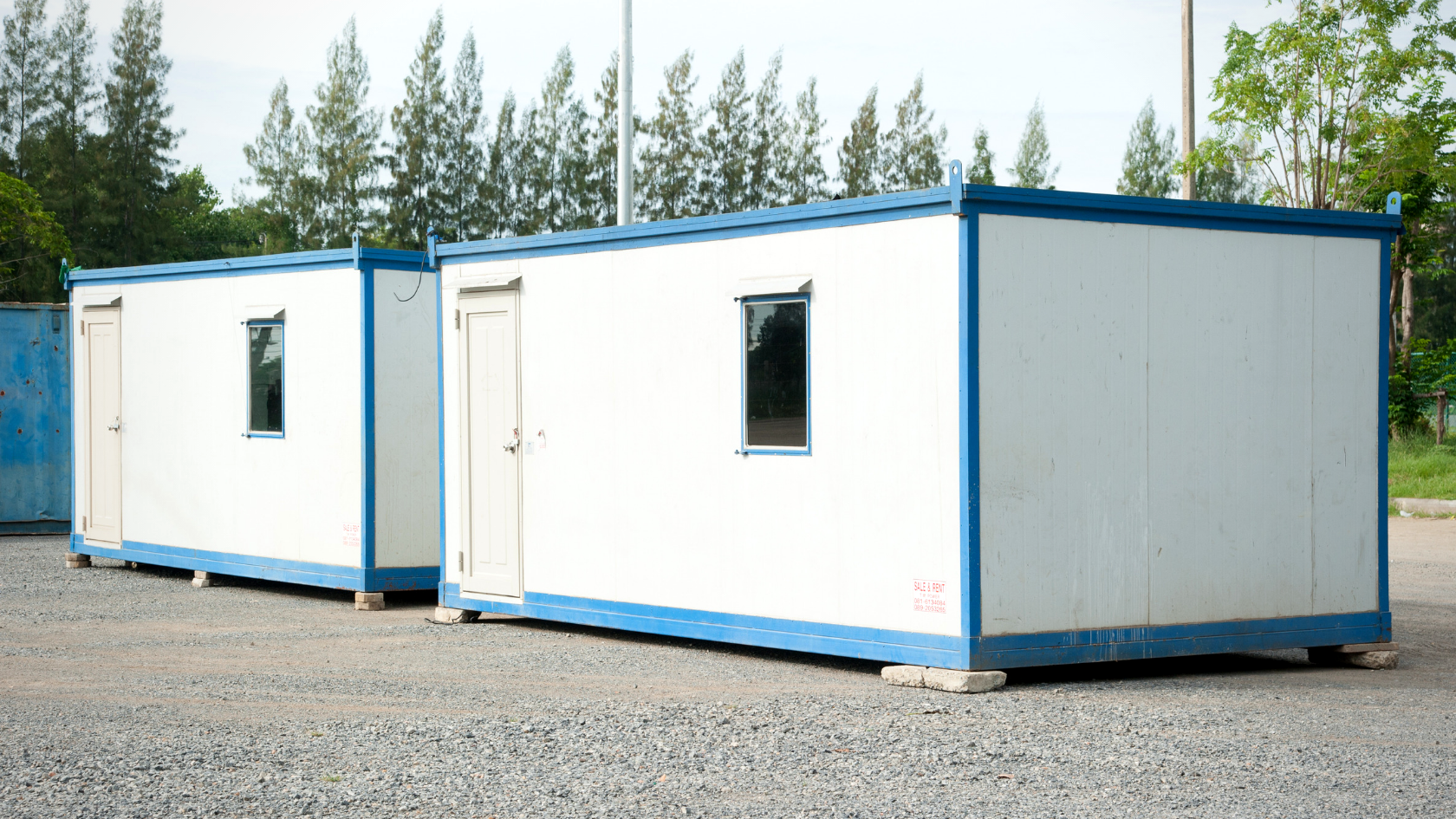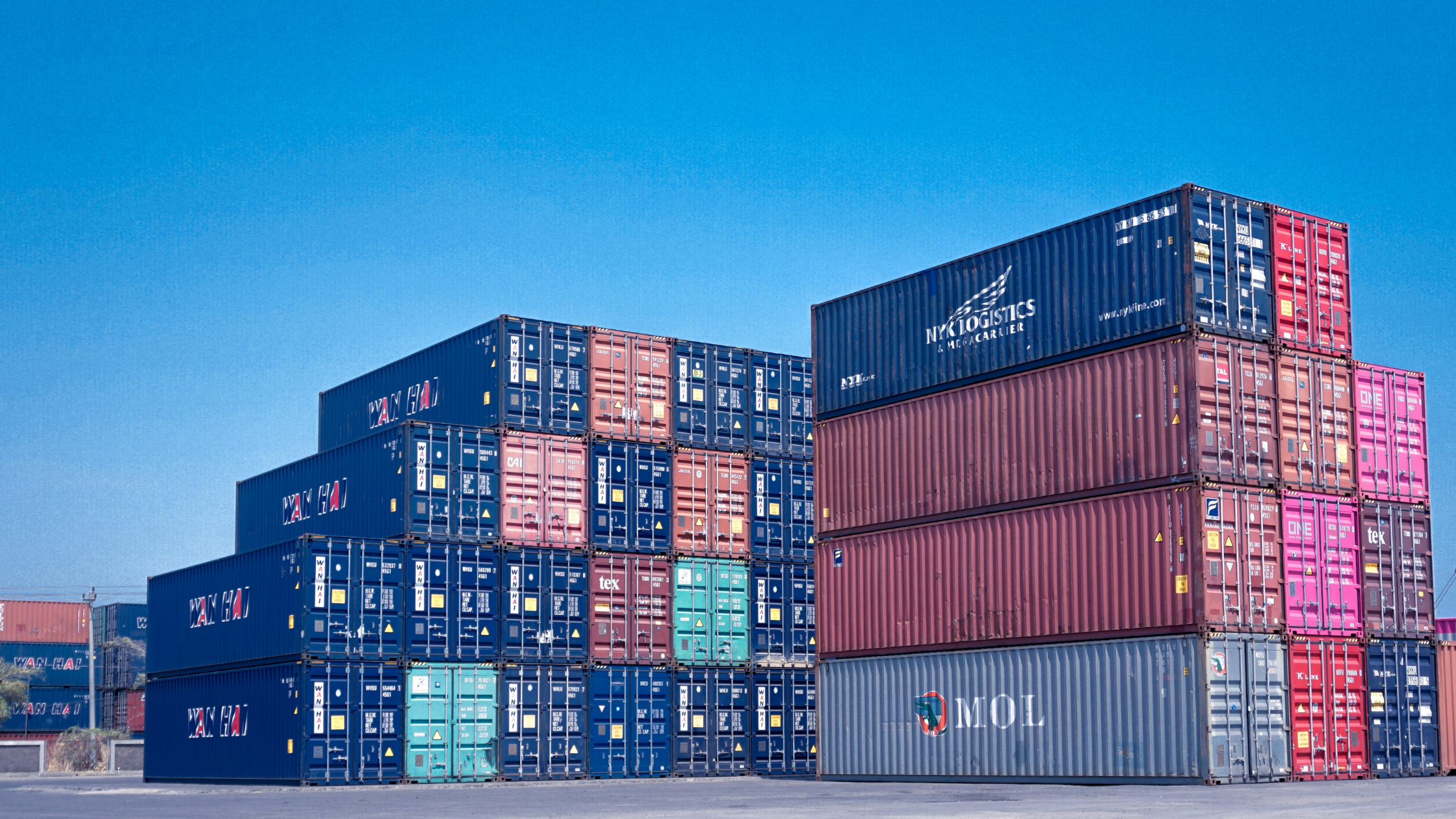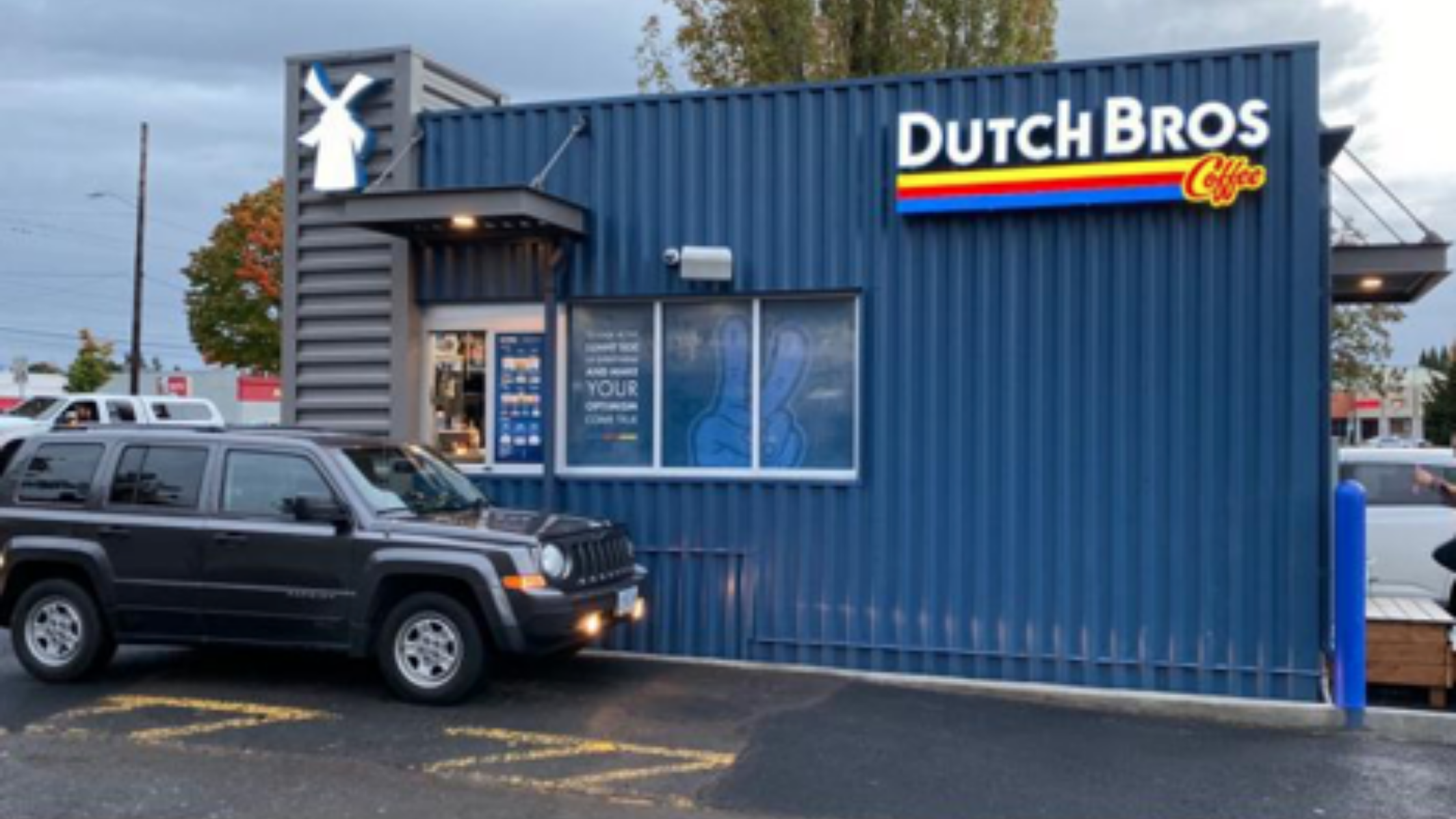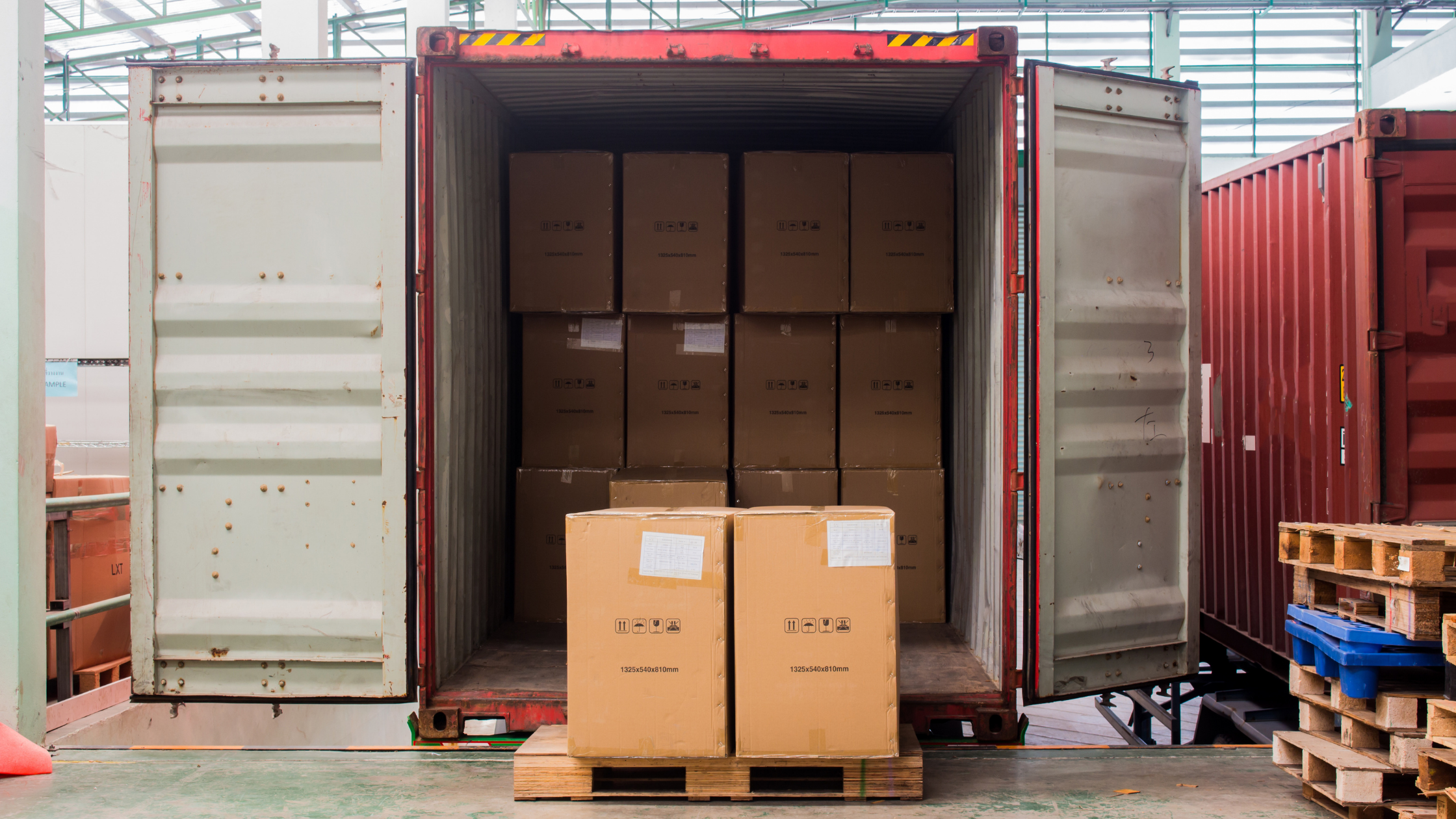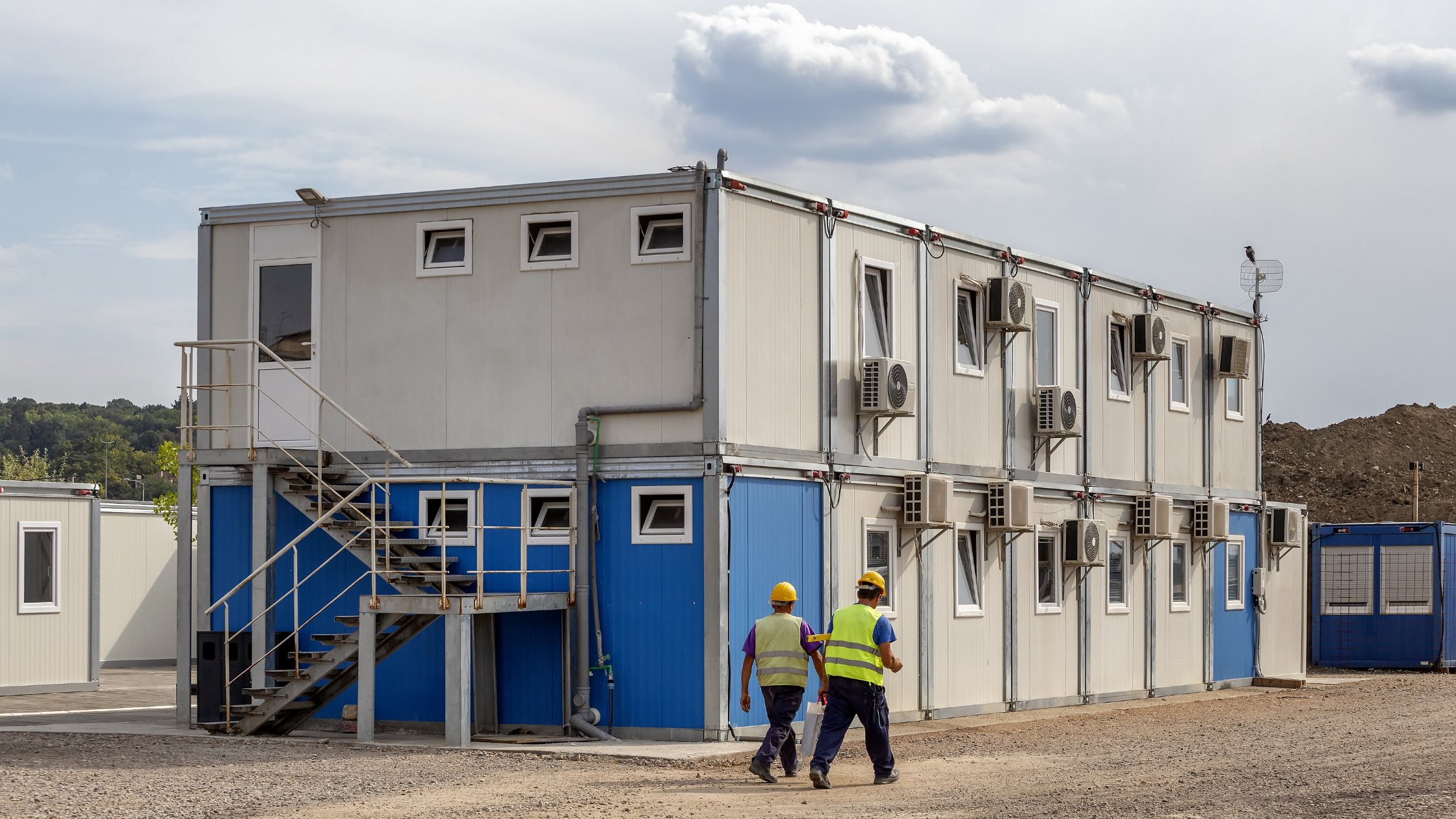
2021 Welcomes the Continued Rise of Shipping Container Offices
When you choose an office for your business, you probably want something that is affordable, durable and spacious. If you’re dreaming big, you may even want an office that speaks to the nature of your company — something versatile and maybe even trendy. There’s a solution you probably haven’t considered. And it combines all of the traits most business owners find desirable in an office. It’s a shipping container office. Shipping container offices — also called conex offices and storage container offices — are a growing trend in office construction due to their infinite customization options, low prices and portability. And 2021 is going to be a big year for them. In this post, we take a look at the benefits of container offices and how you can get in on the trend to build your perfect office. Looking for a shipping container office? Browse Rent-A-Container’s standard shipping containers for sale or rent. Why Use a Shipping Container Office? Your office is a reflection of your business. It may be the first thing customers and clients see when they check out your company. Your office should reflect your company’s desired image and core values. Finding and funding a traditional office space is a challenge. Shipping container offices for sale are a solution to that problem. They are: Affordable Customizable Environmentally friendly Pandemic-friendly Let’s take a deeper look at some of the benefits of storage container office space. Container Offices Are Cost-Effective Cost is probably your top concern when building or buying an office. Commercial office space can get pricey fast, depending on finishes, location and construction materials. Shipping container offices offer a lower-cost option. Let’s look at the numbers. The average price per square foot for single-story commercial office construction in the United States is $313. A turnkey, prefabricated container office in a 20-foot shipping container yields 160 square feet. The price of a prefab container office can be around $17,000. That’s a little over $100 per square foot for a shipping container office — just one-third of the cost of traditional commercial office construction. Storage Container Offices Are Customizable ISO containers are simple. They’re just sturdy steel boxes that come in standard and high cube heights. When you use them for office construction, they’re essentially like building blocks. Think of them as legos: any setup or combination is possible. Shipping containers can be laid out in single- or multi-story configurations that match exactly what you are picturing for your office. And that’s only the exterior construction. The standardized dimensions lend themselves to a wide range of shipping container interior design customizations, too. You can add doors, windows, interior walls and more — really, you can add anything you want Shipping Container Office Space Is Environmentally Friendly As the world increasingly turns its attention to environmental concerns, having a green office space becomes more important for many companies. Sure, you can invest thousands of dollars into energy-saving heating, cooling and lighting systems. That’s great. But have you considered going green from the ground up with a shipping container office? That’s right — storage container offices are environmentally friendly. Here are a few ways a container office can help your company go green: Reuse and Recycle Instead of gathering rust in a dump or junkyard, a shipping container can find new life as a permanent office space. Call it recycling or upcycling — it’s simply better for the environment if we reuse big metal items like conex containers. Lower Energy Use Shipping container offices tend to be somewhat smaller than traditional offices, but they make efficient use of nearly every square foot of space. With lower ceilings and efficient use of space, heating, cooling and lighting require a lot less energy. That means lower emissions in your day-to-day use of your new container office. Sustainable Construction Because containers come prebuilt and more or less ready to be converted into office buildings, you save time on construction compared to traditional methods. Less time building means less time transporting materials and powering huge machines. That translates to fewer carbon emissions. Even greener, perhaps, is the fact that container offices are made of reused building materials. One scientific study found that 82% to 87% of all greenhouse gas emissions from building construction come from producing the building materials themselves. That’s not an issue when your container comes prebuilt. Container Offices Promote Social Distancing The COVID-19 pandemic has brought the concept of social distancing into sharp focus for businesses that do their work in person. Keeping employees far enough apart has been a challenge across various industries since the start of the pandemic and will likely continue to be a concern well into 2021 and the future. The basic problem to solve is figuring out how to de-densify spaces within your office. One affordable solution comes from the modular nature of shipping containers. With a shipping container office, you can separate employees into separate spaces, meaning you never have too many people coming into contact with each other at one time. How to Convert a Shipping Container into an Office If you’re sold on a container office, the next step is figuring out how to convert a shipping container into an office. We have outlined a few simple steps to consider: Determine how big your container office needs to be. Then, consider how many 20-foot, 40-foot or 45-foot containers you will need to make an office that big and where they will need to be joined together. Plan the doors and windows of your container office. Where will the entry and exit points be? Keep in mind that you need to follow local building codes closely. Assign a function to each interior space. Consider the placement of bathrooms, cubicles and conference rooms to determine where you will need to install plumbing and electrical fixtures. Start building. Hire contractors or do it yourself. This is the part where you make your dream shipping container office


